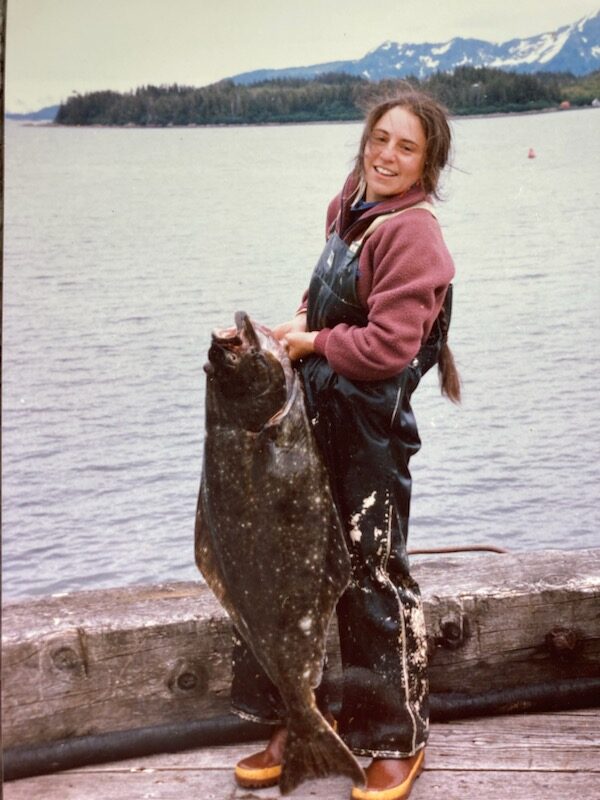Member Spotlight: A Long Overdue Trip to the Arctic Refuge

By: Thea Levkovitz, Alaska Wilderness League member
Thea Levkovitz, a longtime Alaska Wilderness League member, will make her triumphant return to the Arctic National Wildlife Refuge this summer. Thea has fought to protect wild areas throughout Alaska for decades, and we are pleased to share some of her story here about what inspired her to revisit this iconic place.
On March 24, 1989, the Exxon Valdez supertanker went aground on Bligh Reef in Prince William Sound, Alaska.
From our home in Cordova, a small fishing village in the northeast Sound, my husband and I watched along with the world as 11 million gallons of death and destruction in the form of Alaska North Slope crude oil poured into the pristine marine waters. The spill eventually oiled more than 1,300 miles of coastline and extended a distance that if in the Atlantic, would reach from Cape Cod to North Carolina. The death toll included 250,000 seabirds, 2,800 sea otters, 300 harbor seals, 250 bald eagles, 22 killer whales and billions of salmon and herring eggs. To this day, oil can still be found in the rocky beaches of the Sound.
Cordova is a salmon town – a population of 2,500 people all dependent in some way on the salmon that live, spawn and die in the Sound. No one was unaffected. From fishermen to childcare workers, we all spent the spring and summer of 1989 in the chaos of the massive oil spill – trying to protect nearly a billion juvenile salmon, attending countless town meetings, scooping up oil using fishing boats, cleaning oil drenched birds and witnessing the collapse of the herring fishery.

Then in July, I climbed from a bush plane to raft in the Arctic National Wildlife Refuge and arrived at its coastal plain. It took four flights and a full day to travel the 800 miles from the once unspoiled Prince William Sound to the banks of the Kongakut River. For 10 days, we floated among luminescent blue ice floes, glimpsed wolves hunting on the tundra, watched brown bears foraging in the tussocks, and spotted golden eagles rising from the ridges. We found traces of the Porcupine caribou on their way to the coastal plain calving grounds – named by the Gwich’in people, “The Sacred Place Where Life Begins.”
That trip cemented an already deep bond with Alaska and the Refuge – a bond that started decades ago on my college campus. There, a group of us spent our hours between classes and studying to help prevent the building of the TransAlaska Pipeline. It was my early introduction to environmental activism that directed my path through graduate school and a lifetime working to protect wilderness.

I no longer live in Alaska but the beauty of the Arctic Refuge coastal plain and the tragedy of the Exxon oil spill are inextricably linked in my heart and in truth. If allowed, oil from the Refuge would flow thousands of miles crisscrossing the Arctic wilderness. A leaky pipeline could cause untold damage to the fragile tundra, wildlife and birds. It would then flow into the same pipeline that now carries North Slope crude to the super tankers plying the waters of Prince William Sound. More than 34 years later, life in the Sound still suffers from the oil spill. But right now, we can and must protect the Arctic National Wildlife Refuge. It is still the Sacred Place Where Life Begins. Oil does not belong in the water or on the land. The Refuge and the Sound – 800 miles apart and connected by a shared fate.

This summer, I will return to the Sacred Place Where Life Begins to float from the Brooks Range to the Arctic Ocean. I return with anxiety and hope. Will the effects of the climate crisis have melted the sea ice? The pressure to drill is ever-present. Still, I harbor hope because the good work of Alaska Wilderness League, its members and countless others have successfully kept drilling pads, roads and machinery out of the Refuge. I look forward to reporting more upon my return.
